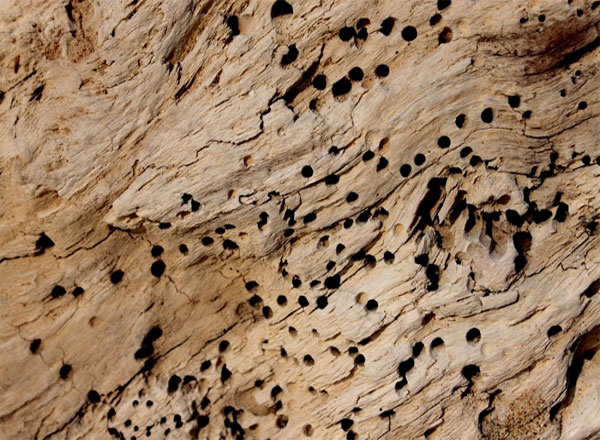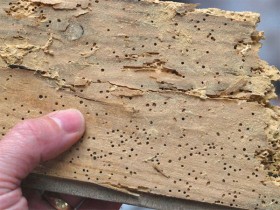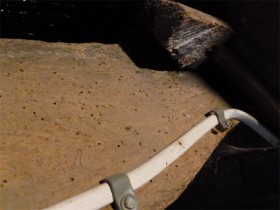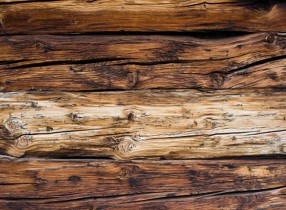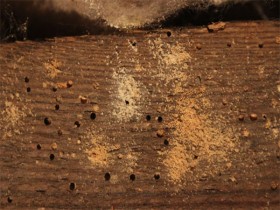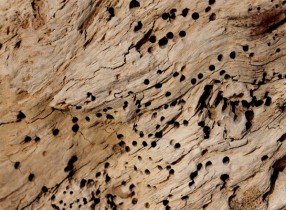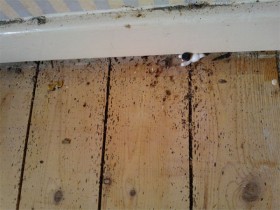Woodworm is a popular term used for common furniture beetle (Anobium puncatum) which is the most common wood boring insect found in buildings throughout the UK. This term also covers a number of other woodborers and therefore proper identification is important in order to adopt the correct remedial treatment.
Wood worm will attack both hard wood and soft wood, particularly in damp environments, infestations can lead to structural failure of roof and floor timbers if left un-noticed or un-treated.
Four main species
 |
Common Furniture Beetle This beetle is responsible for the majority of wood boring insect damage throughout the UK. |
 |
House Longhorn Beetle Habitat: General sapwood of most softwood, particularly roofing timbers. At present these are mainly found in area of England South West of London (mainly Surrey). |
 |
Wood Boring Weevil Normally found in damp timber affected by wet rot fungal decay. |
 |
Death Watch Beetle The name ‘death-watch beetle’ comes from the tapping sound, which can be heard in warm weather between March and June, made by beetles banging their heads against the walls of the tunnels to attract mates. They are named for the vigil (watch) kept beside the dying or dead, and by extension the superstitious have seen the death watch as an omen of impending death. |
How Swiftcure can help
Our surveyors can help establish whether woodworm is currently active and advise upon appropriate woodworm treatment. This normally involves applying insecticides to all exposed timbers. Large timbers may require deep penetrating emulsified wood paste preservative.


